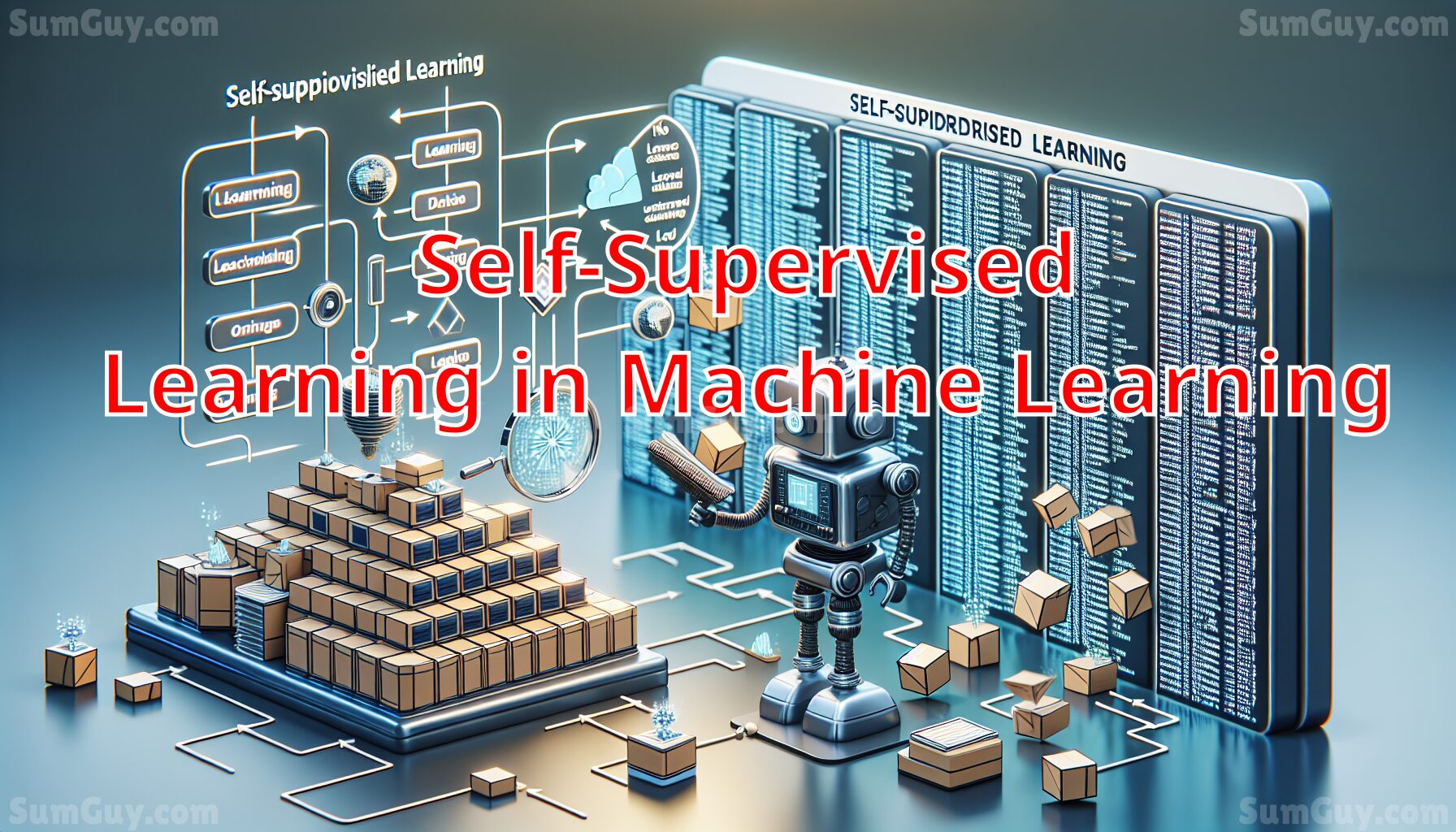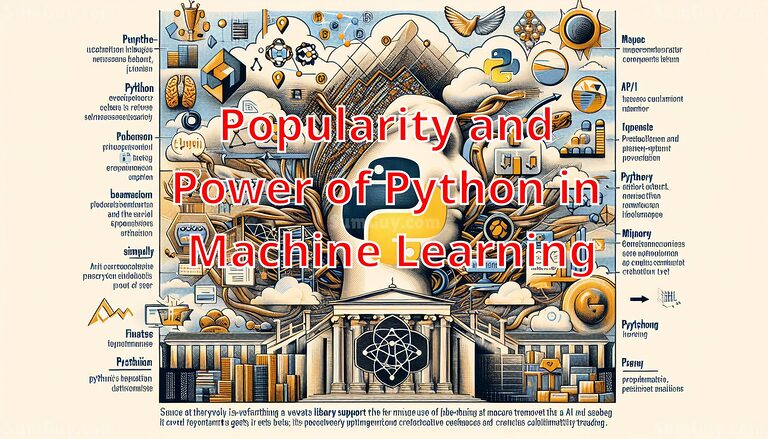Self-Supervised Learning in Machine Learning
Self-supervised learning is a type of machine learning where the system learns to understand and predict part of its input from other parts of its input. Essentially, it involves creating a learning task from the data itself, often without requiring explicit external labels. The model is trained to predict or reconstruct parts of the input by exploiting the inherent structure or context of the data.
How is Self-Supervised Learning Different from Supervised Learning?
In supervised learning, models are trained using a dataset that contains input-output pairs, where the outputs are specific labels provided by human annotators. The model’s task is to learn to predict the output from the input data.
In contrast, self-supervised learning does not rely on external labels. Instead, it generates its own labels from the data by defining a pretext task, such as predicting the next word in a sentence (given the previous words) or predicting a missing part of an image. This approach allows the model to leverage large amounts of unlabeled data, which is particularly useful when labeled data is scarce or expensive to obtain.
Examples of Self-Supervised Learning in Various Fields
1. Robotics: Learning from Sensor Data
Example: A robotic arm is tasked with sorting objects based on their shapes. Instead of being explicitly taught what each shape looks like, the robot uses self-supervised learning to predict the position of its arm and the object based on sensor inputs. By predicting the next state of its sensors as it interacts with objects, the robot can learn a representation of object shapes and how to handle them.
Explanation: In this scenario, the robot uses the sequence of sensor readings (like touch or visual feedback) to predict future states or actions. This helps the robot understand object properties and dynamics without needing explicit labels for each object type and action.
2. Software: Anomaly Detection in System Logs
Example: A software system uses self-supervised learning to detect anomalies in its operational logs. The system is trained to predict the next log entry or sequence of entries based on past data. Deviations from these predictions are flagged as potential anomalies.
Explanation: By learning the typical patterns in the log entries, the system can identify unusual patterns that may indicate errors, security breaches, or system failures. This approach does not require pre-labeled examples of anomalies, which are often rare and hard to define in advance.
3. Natural Language Processing (NLP): Word Embeddings
Example: Models like BERT (Bidirectional Encoder Representations from Transformers) use self-supervised learning to understand language context. BERT is trained on a task where it predicts missing words in a sentence, a process known as the Masked Language Model (MLM).
Explanation: By predicting missing words in different contexts, BERT learns nuanced word embeddings that capture syntactic and semantic meanings of words. This pre-training on a large corpus of text allows BERT to perform well on various downstream NLP tasks like sentiment analysis and question answering, even with fewer labeled examples.
Self-supervised learning represents a powerful paradigm in machine learning, particularly useful in scenarios where labeled data is limited. By cleverly designing pretext tasks, models can learn rich representations from unlabeled data, which can then be fine-tuned for specific tasks. This approach not only enhances the efficiency of learning but also broadens the applicability of machine learning models across various domains.






